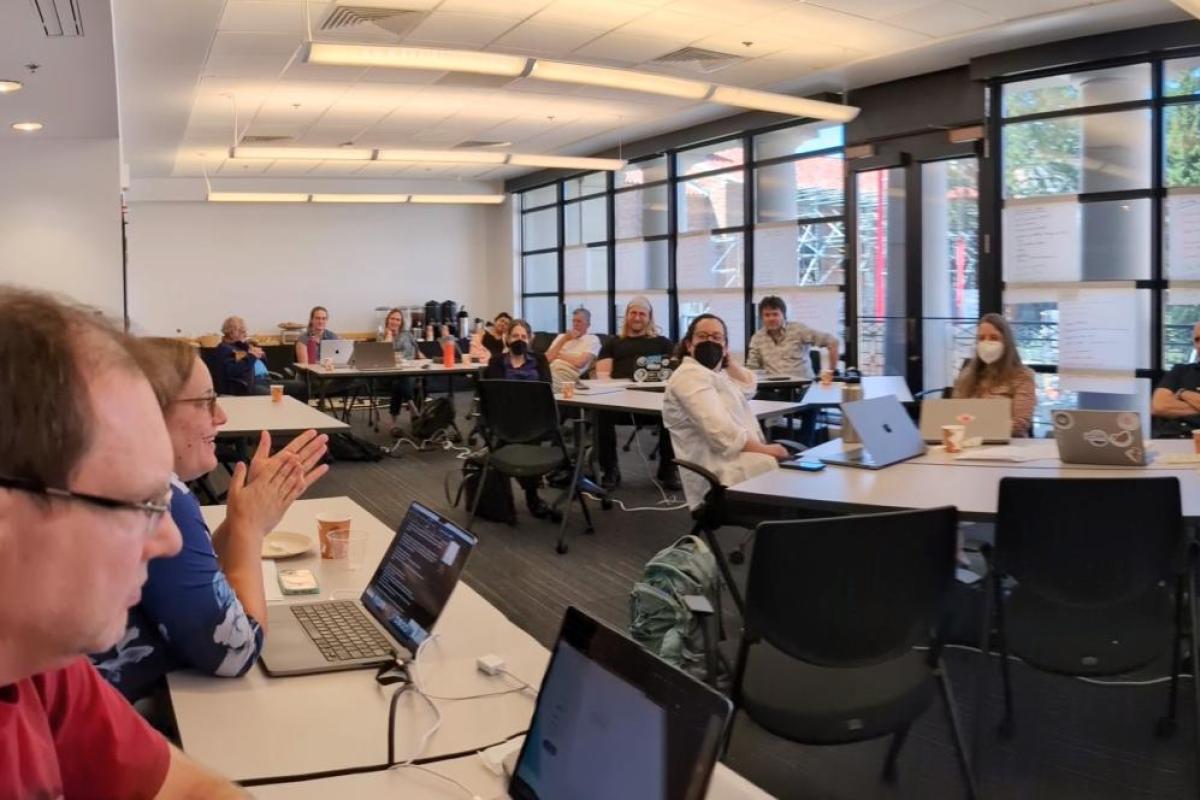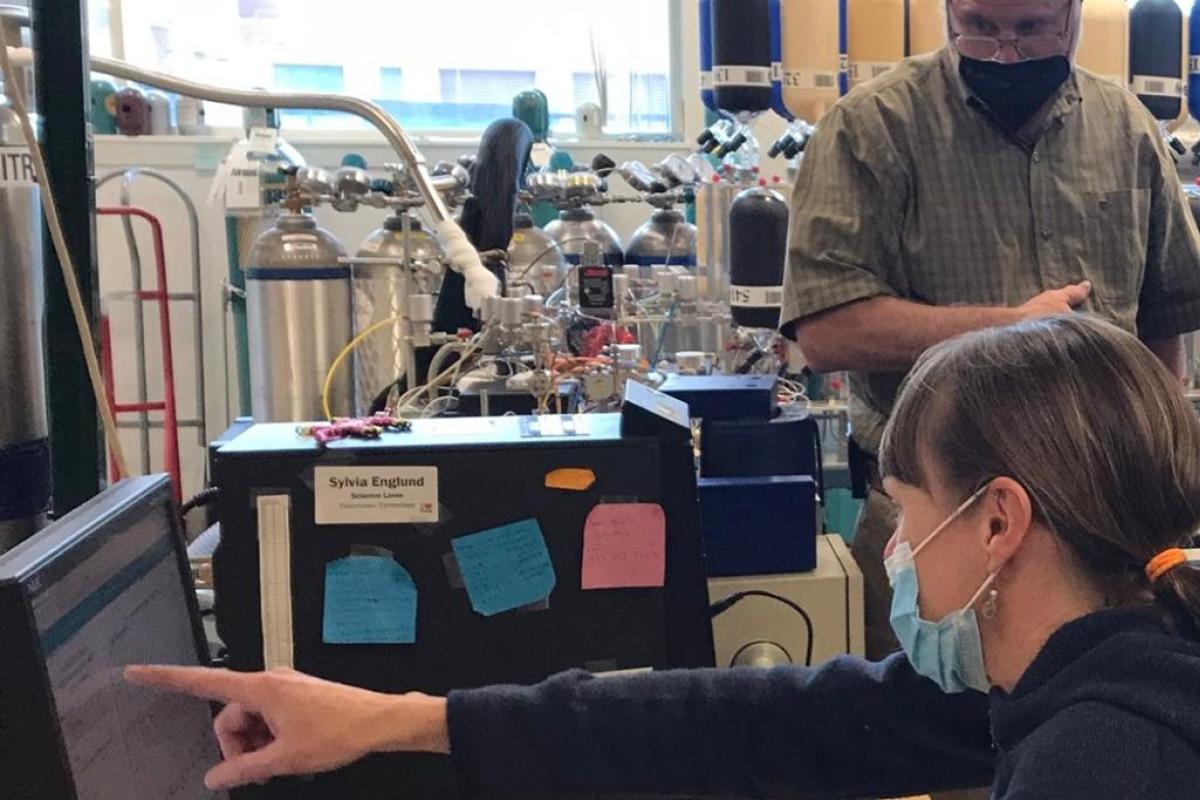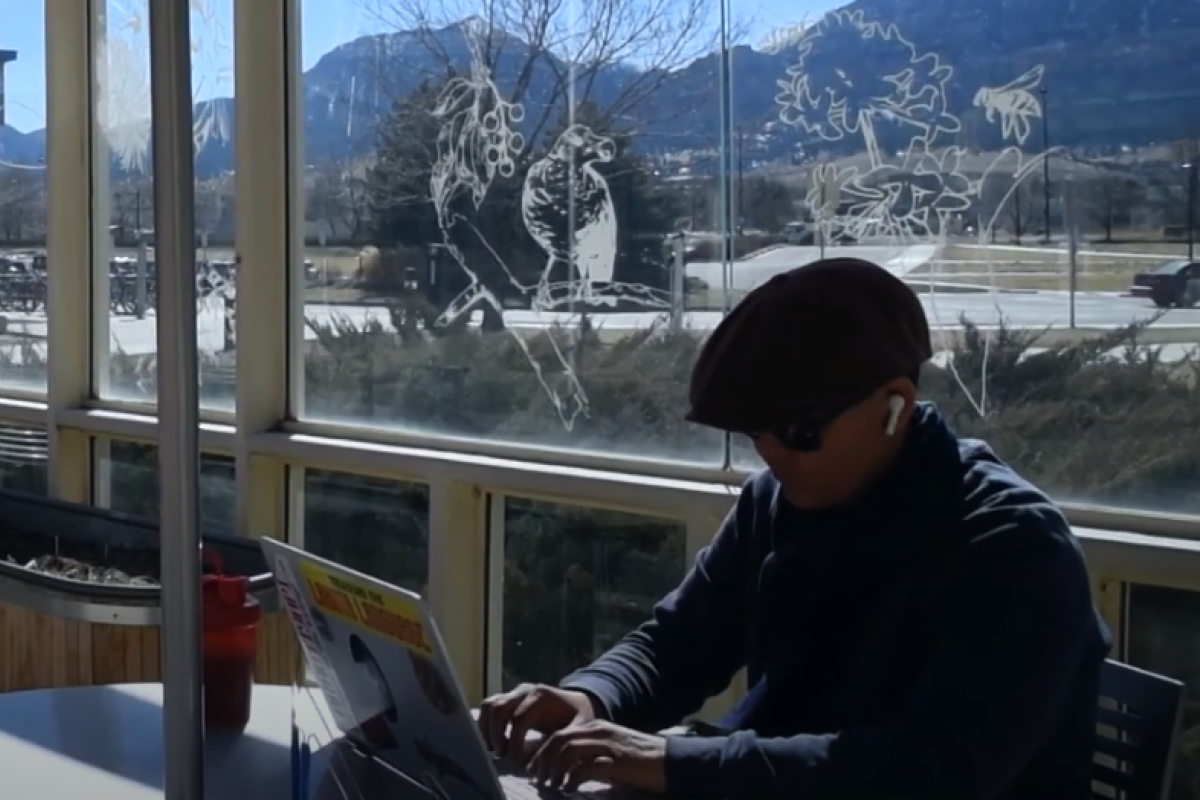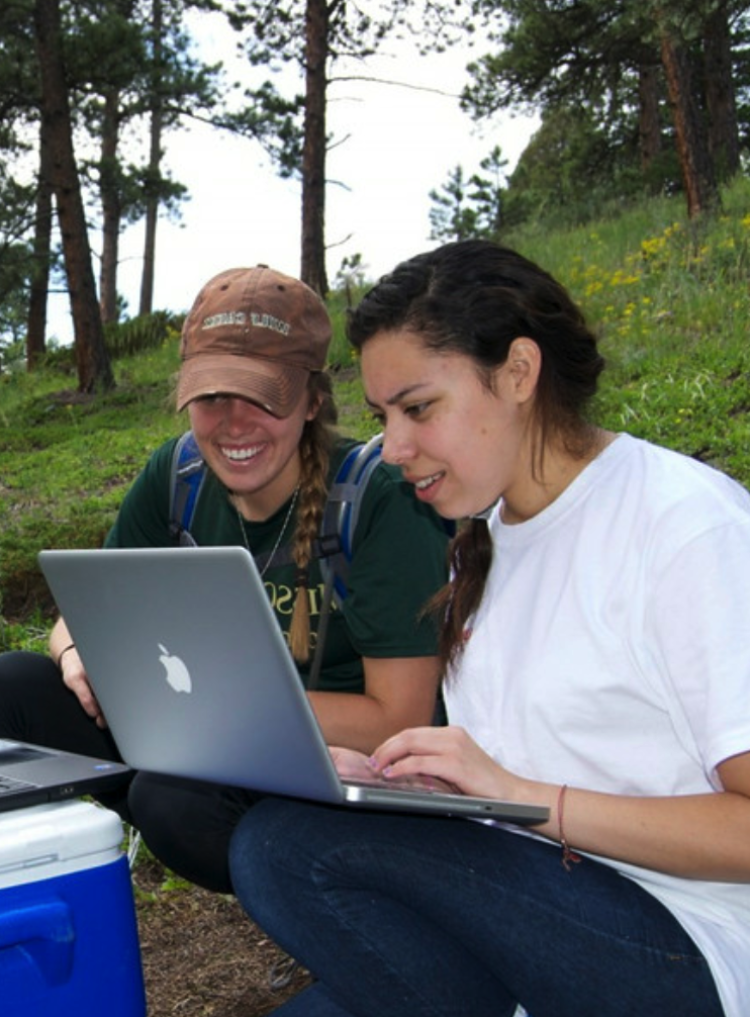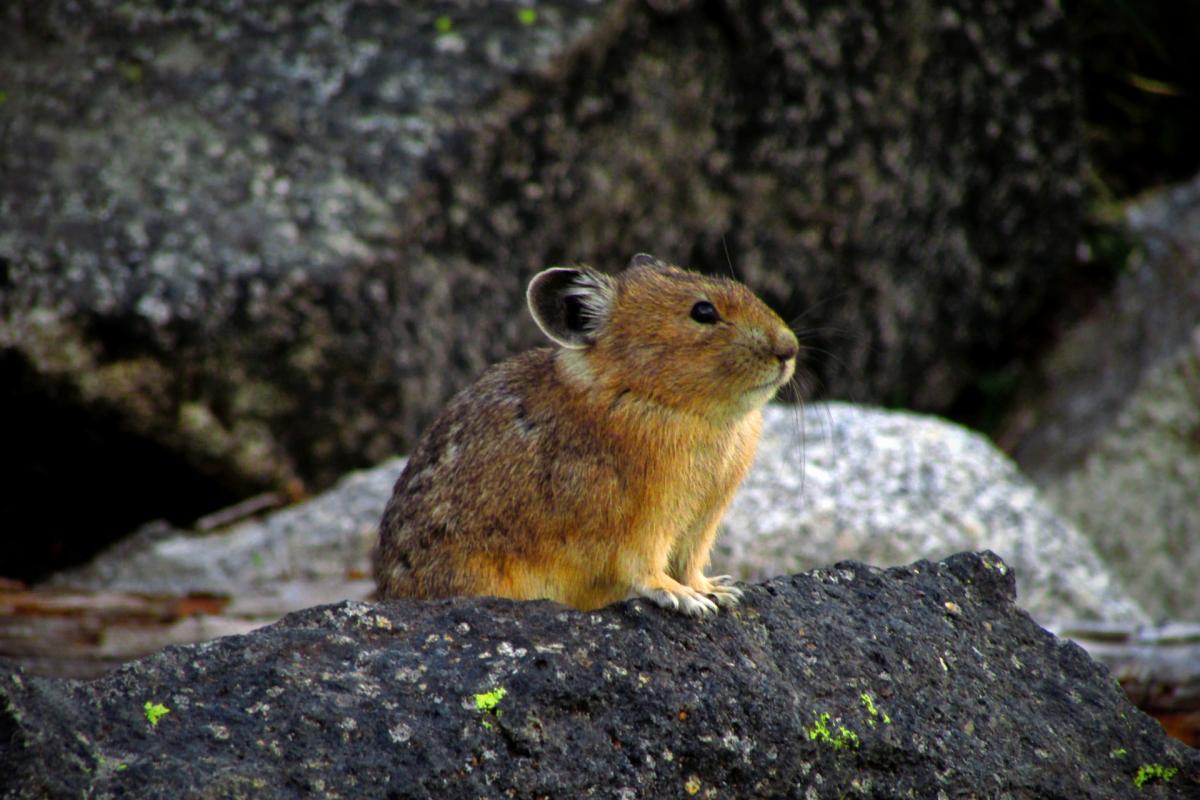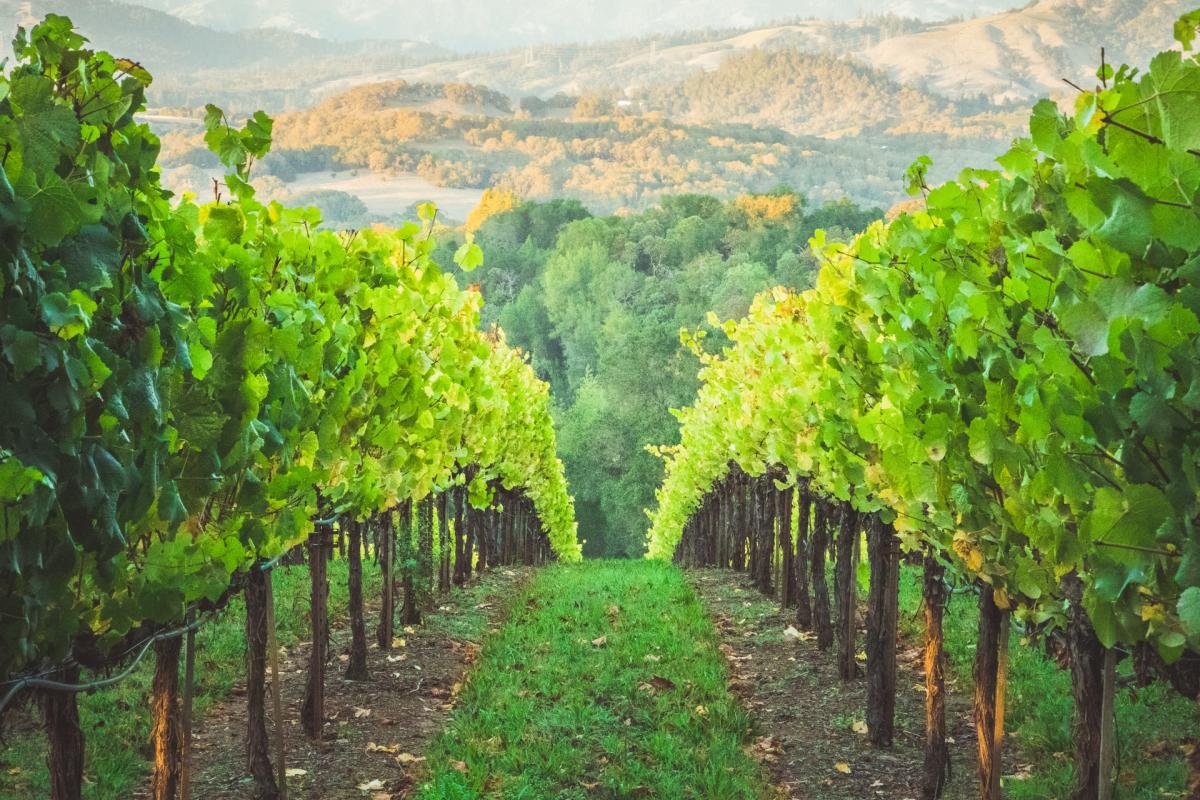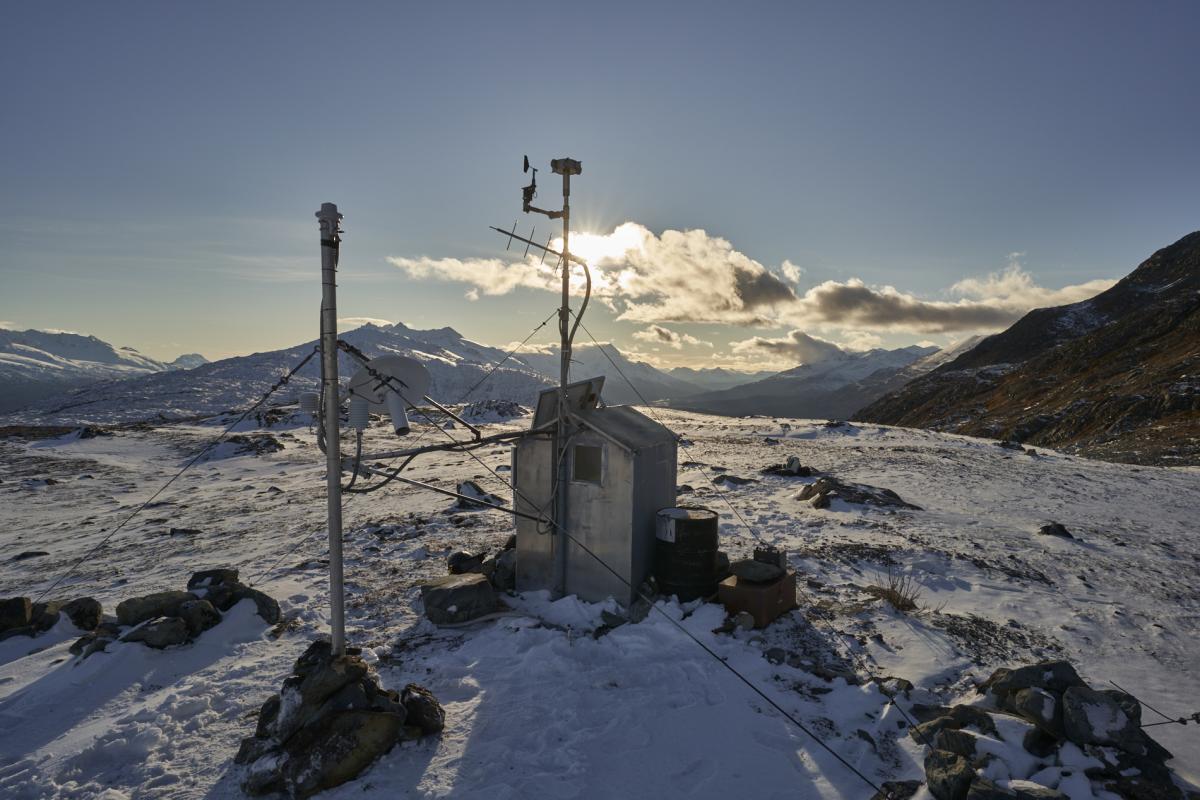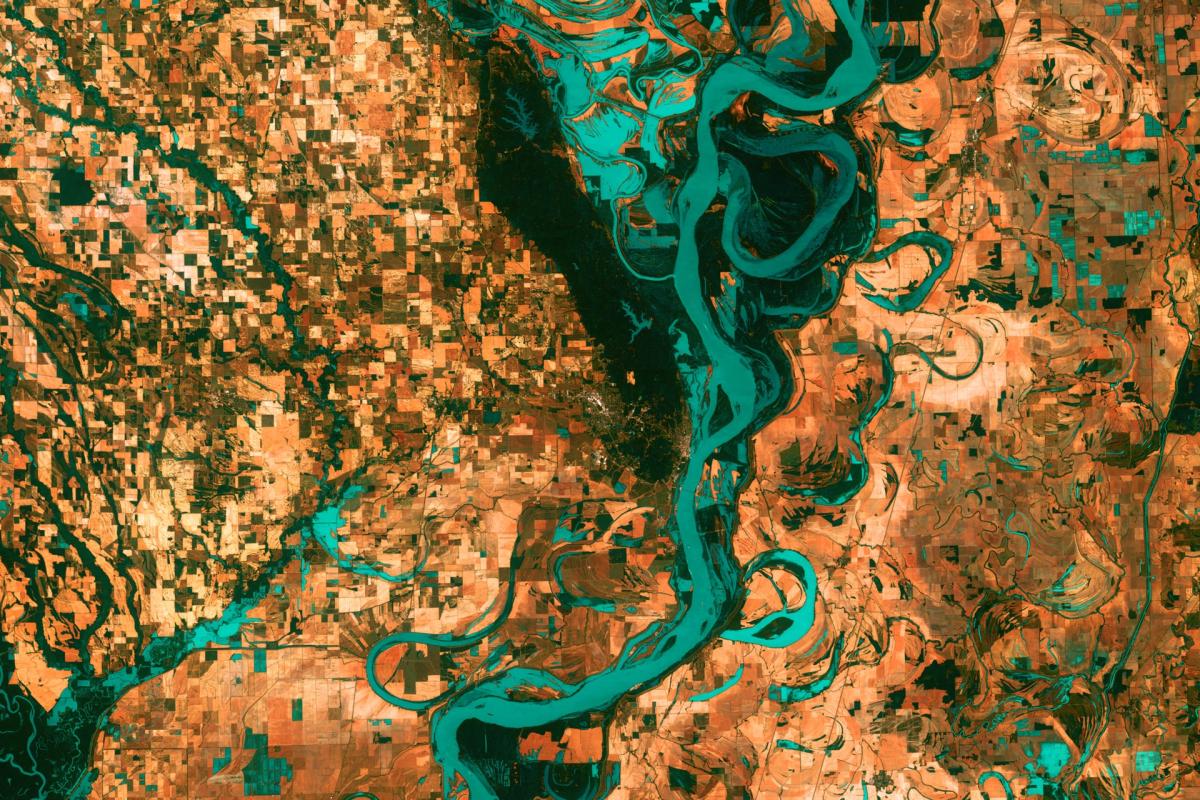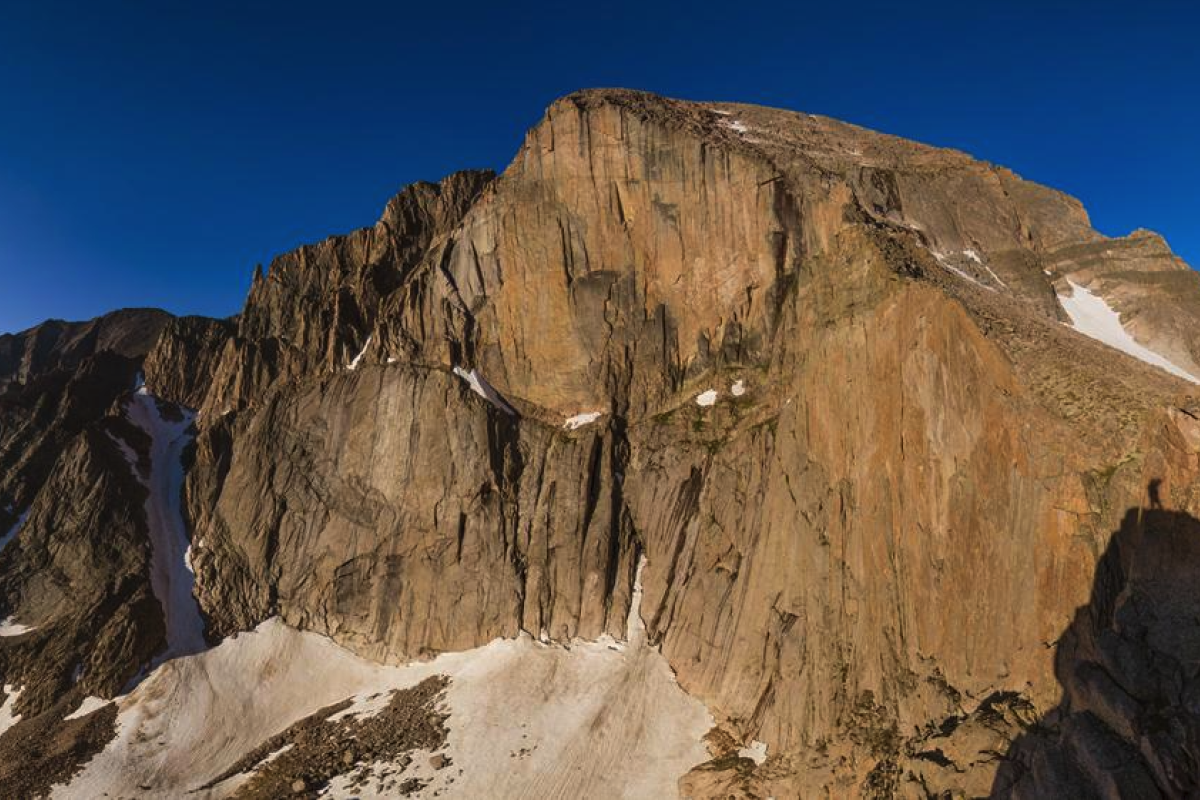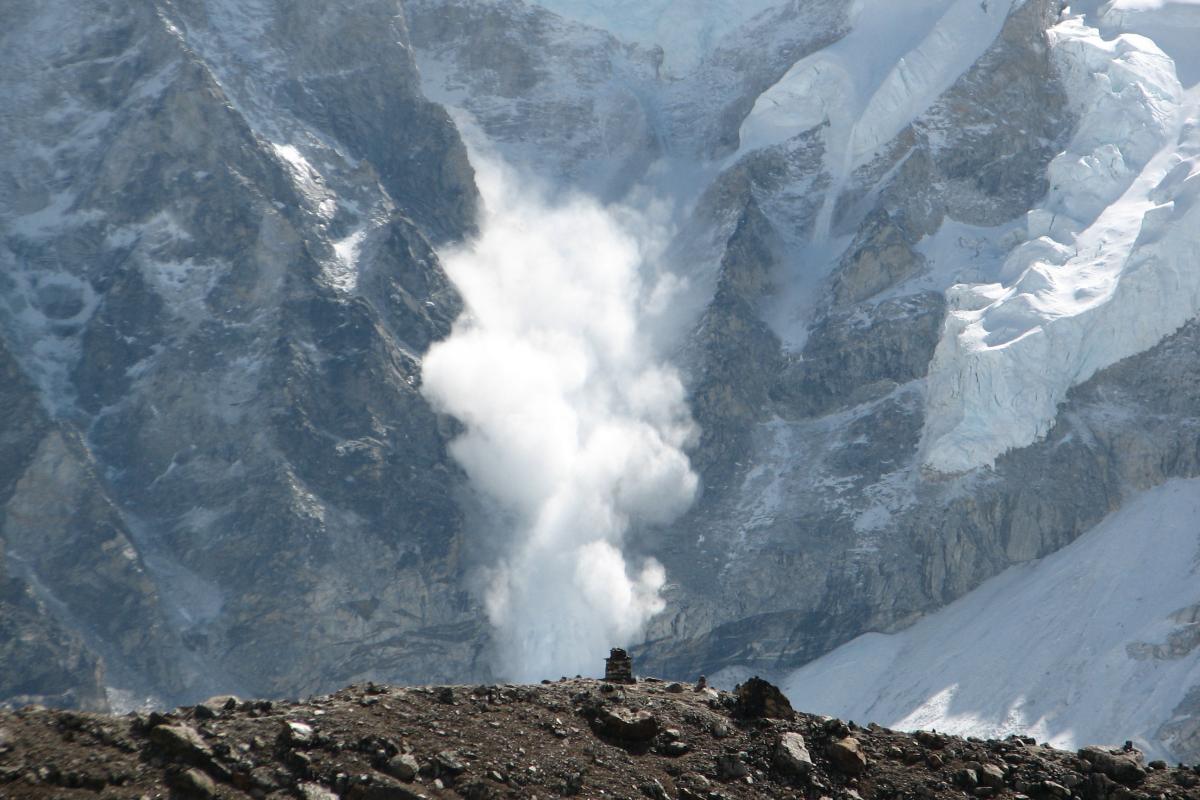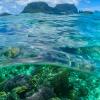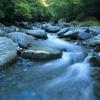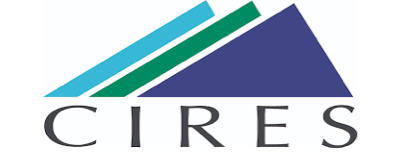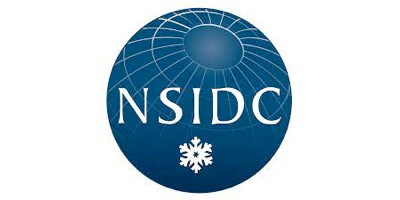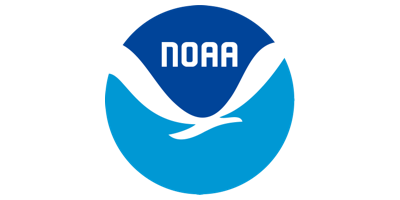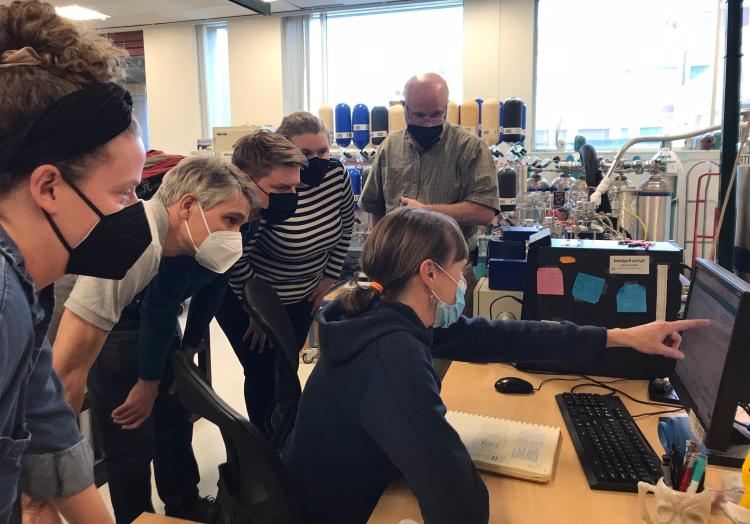About INSTAAR
Partnering with CU academic departments & programs
INSTAAR pulls faculty and students across many academic departments and programs on the CU Boulder campus into one interdisciplinary unit. Many faculty teach in a department or program at CU and conduct research with students at INSTAAR. Other faculty mentor students within their INSTAAR research programs rather than teaching within a department. See info for prospective students.
Partnering with CU institutes and units
INSTAAR has worked closely with multiple CU Boulder science organizations for a number years, sometimes sharing resources and personnel.
Partnering with federal labs
INSTAAR has a long-term relationship with three federal laboratories in Boulder, including sharing of resources and personnel.
National Center for Atmospheric Research (NCAR)
Several hundred publications have included coauthors from both INSTAAR and NCAR in the past decade. We also share two employees whose pay is through both institutions. Research activities range from climate and hydrological modeling to atmospheric and terrestrial biogeochemistry.
National Oceanic and Atmospheric Administration (NOAA)
INSTAAR works closely with NOAA’s Global Monitoring Lab, providing critical isotopic constraints on the sources and sinks of major greenhouse gases and related carbon–climate feedback processes—constraints which are not otherwise available from observations of trace gas concentration alone.
Until early 2021, the joint USGS/INSTAAR Center for Earth Science, Water, and Technology (CWEST) fostered collaborative research proposals between CU and USGS, particularly to facilitate graduate student training in USGS labs. While CWEST is officially closed, aspects of CWEST programming, such as the Aiken Fellowship for graduate students, continue to be managed by INSTAAR.




